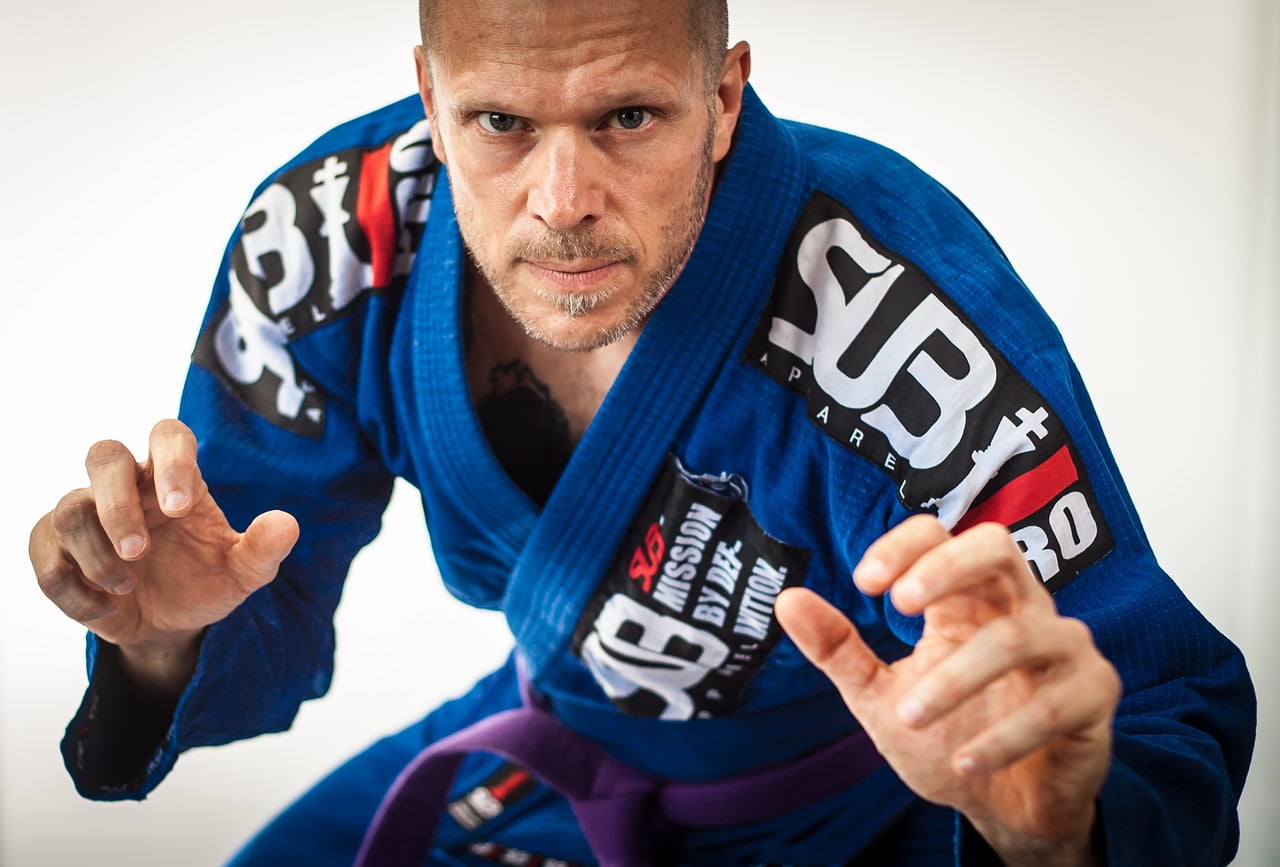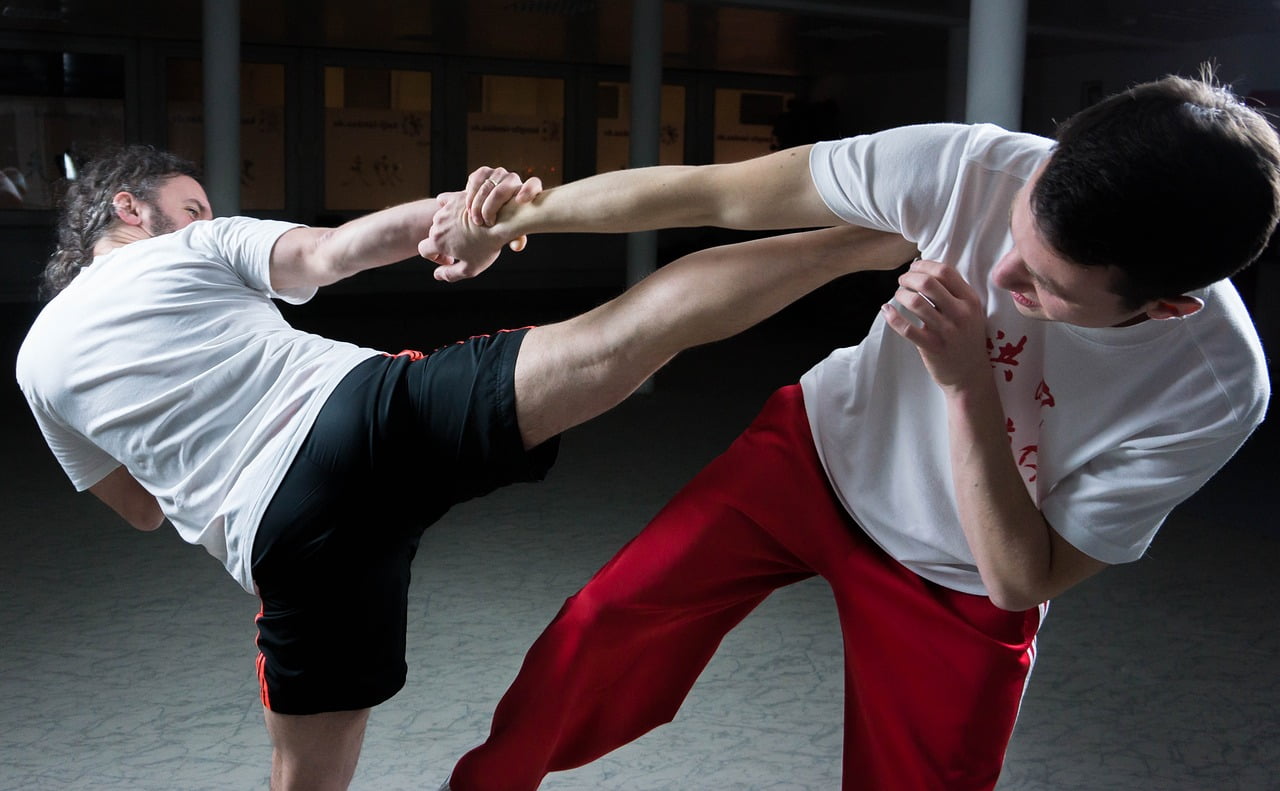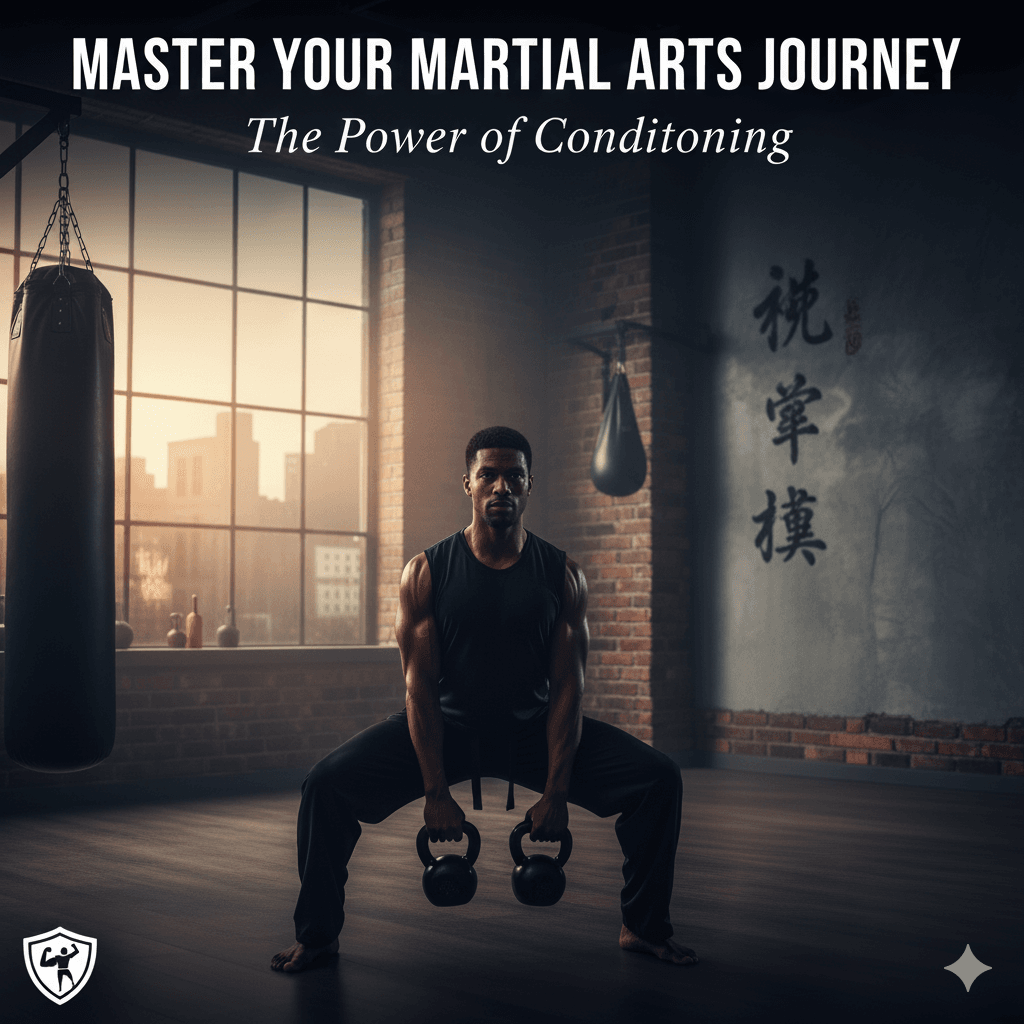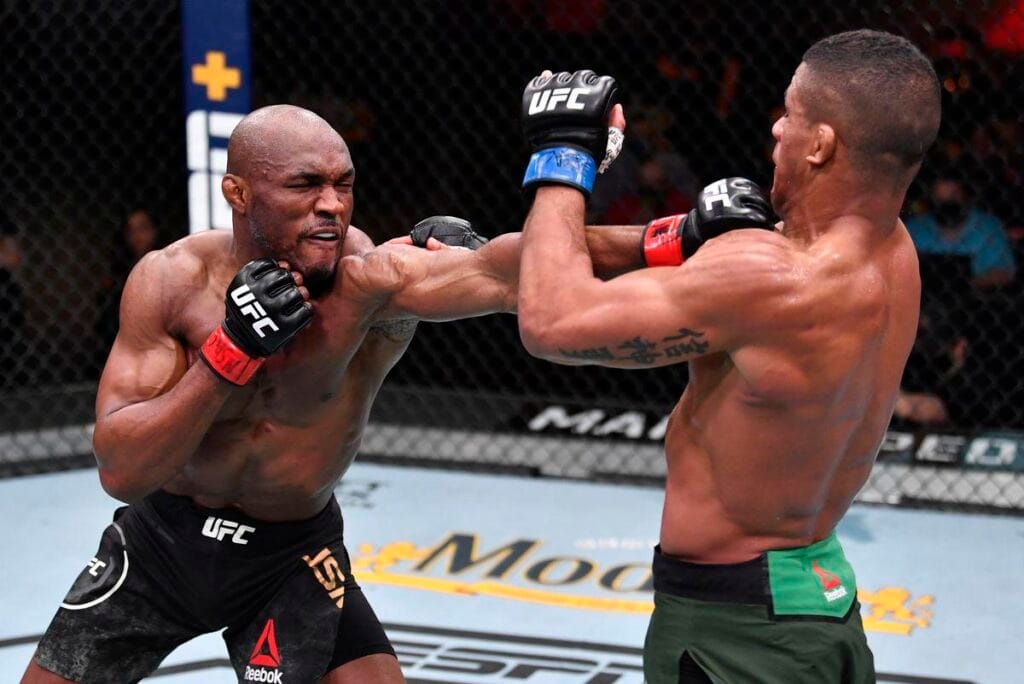Wing Chun Championship
Wing Chun is a traditional Chinese martial art that emphasizes efficiency, directness, and simplicity.
Originating from the Southern Shaolin Temple during the Qing Dynasty, Wing Chun was developed as a means of swift and effective combat.
Its history is rich with legendary figures, most notably Yim Wing Chun, the martial art’s namesake, and her teacher, Ng Mui, a Shaolin nun.
Over the centuries, Wing Chun has evolved, yet it has retained its core principles and philosophies.
One of the distinguishing characteristics of Wing Chun is its focus on close-range combat, employing quick strikes and simultaneous defense and attack.
Unlike many martial arts that rely heavily on brute strength, Wing Chun leverages body mechanics, structure, and relaxation to generate power.
This makes it accessible to practitioners of all sizes and strengths, emphasizing that skill and technique can often overcome raw power.
Central to Wing Chun’s philosophy is the concept of “economy of movement.”
Practitioners are trained to minimize unnecessary movements and to strike efficiently and directly.
This philosophy is underpinned by principles such as the centerline theory, which focuses on protecting and attacking along an imaginary line that runs down the middle of the body.
Another key principle is the idea of sensitivity or “Chi Sau” (sticky hands), which trains practitioners to react swiftly to an opponent’s movements through touch and feel rather than sight.
Wing Chun has proven to be an effective form of self-defense, gaining popularity worldwide.
The martial art’s practicality has attracted many famous practitioners, including Bruce Lee, who incorporated Wing Chun techniques into his own martial art, Jeet Kune Do.
The legendary Ip Man, who was Bruce Lee’s teacher, further popularized Wing Chun through his teachings and films based on his life.
Today, Wing Chun continues to evolve, adapting to modern self-defense needs while preserving its traditional roots.
Its emphasis on efficiency, directness, and adaptability makes it a formidable martial art for those seeking a practical and effective means of self-defense.
Understanding the World Championship Format
The World Championship in Wing Chun is a meticulously structured event designed to showcase the highest levels of skill and technique in this traditional martial art.
Participants are categorized into various divisions based on age, gender, and skill level, ensuring fair and competitive matchups.
Additionally, weight classes are implemented to further balance the competition, preventing mismatched encounters and promoting safety.
Competitors are expected to demonstrate not only their physical prowess but also their mastery of Wing Chun principles.
The competition is divided into several rounds, including forms, chi sao (sticky hands), and sparring.
Each of these categories tests different aspects of a practitioner’s abilities, from their understanding of Wing Chun forms to their reflexes and adaptability in close-quarter combat.
The judging criteria for the World Championship are stringent and comprehensive.
Judges evaluate competitors based on a point system, where points are awarded for accuracy, technique, power, and control.
In forms, competitors are assessed on their precision, fluidity, and adherence to Wing Chun principles.
During chi sao and sparring rounds, judges look for effective use of techniques, defensive skills, and the ability to maintain control under pressure.
Performance in the World Championship is not solely about winning matches.
but also about demonstrating a deep understanding of Wing Chun.
Competitors must exhibit proper stance, balance, and coordination while executing techniques with speed and accuracy.
The expectation is that every movement should reflect the core philosophies of Wing Chun — efficiency, directness, and economy of motion.
In summary, the World Championship format in Wing Chun is designed to identify the most skilled and knowledgeable practitioners of the art.
Through a series of well-structured categories and rigorous judging criteria.
the championship not only crowns winners but also upholds the integrity and tradition of Wing Chun martial arts.

Physical Preparation and Conditioning
Achieving excellence in Wing Chun martial arts at the world championship level necessitates a dedicated and comprehensive physical training regimen.
The foundation of such a regimen is rooted in developing strength, endurance, flexibility, and agility, which are crucial for the dynamic and fast-paced nature of Wing Chun.
Strength training is paramount, focusing on both upper and lower body muscles.
Incorporating compound exercises such as squats, deadlifts, and bench presses can significantly enhance overall muscle strength.
Additionally, practicing specific Wing Chun techniques, such as chain punching and forms, can build functional strength directly related to martial performance.
Endurance is equally critical, as Wing Chun bouts can be physically demanding.
Cardiovascular fitness can be improved through regular aerobic exercises like running, cycling, or swimming.
High-Intensity Interval Training (HIIT) is particularly effective, as it simulates the bursts of energy required in a match.
A typical HIIT session might include alternating between 30-second sprints and 30-second rest periods for a total of 20 minutes.
Flexibility enhances the range of motion and reduces injury risk.
Daily stretching routines, including dynamic stretches before workouts and static stretches afterwards, are essential.
Yoga and Pilates can also be beneficial for improving flexibility and core strength, which are vital for maintaining balance and executing precise movements in Wing Chun.
Agility training is crucial for swift and efficient movement.
Agility drills, such as ladder drills, cone drills, and plyometric exercises, can boost reflexes and coordination.
These exercises help in mastering the rapid footwork and quick directional changes that Wing Chun demands.
A well-rounded workout routine might look like this:
strength training on Mondays and Thursdays, cardiovascular and endurance training on Tuesdays and Fridays, flexibility and core work on Wednesdays, and agility drills on Saturdays.
Rest and recovery on Sundays are imperative to prevent overtraining and ensure optimal performance.
Incorporating these elements into a structured training schedule will build the physical foundation necessary to compete at the highest levels of Wing Chun martial arts.
positioning athletes for success on the world championship stage.
Mastering Wing Chun Techniques
Wing Chun, a traditional Chinese martial art, is renowned for its effectiveness in close combat.
To excel in Wing Chun competitions, mastering its essential techniques is paramount.
These techniques encompass a wide range of movements, from basic to advanced, each requiring dedicated practice to achieve form, speed, and precision.
The foundation of Wing Chun lies in its basic techniques, which include punches, kicks, blocks, and trapping hands.

The straight punch, or “Chung Choi,” is a signature move that emphasizes direct and efficient strikes.
Proper form ensures that the punch is both powerful and accurate, targeting the opponent’s centerline.
Kicks, although less emphasized in Wing Chun compared to other martial arts, play a crucial role.
The low-level front kick, or “Jut Gerk,” is designed to destabilize the opponent while maintaining balance and control.
Blocking techniques, such as the “Tan Sau” (palm up block) and “Bong Sau” (wing arm block), are integral for defense.
These blocks are not merely about deflection but also about redirecting the opponent’s energy to create openings for counter-attacks.
Trapping hands, or “Chi Sau,” is a unique aspect of Wing Chun, focusing on sensitivity and control.
Through Chi Sau practice, practitioners develop the ability to feel and anticipate the opponent’s movements.
making it easier to counteract and dominate.
Advanced techniques build upon the basics, incorporating complex combinations and fluid transitions.
Speed and precision are critical.
Practitioners must train diligently to execute techniques swiftly without sacrificing accuracy.
Drills such as repetitive punching, shadowboxing, and partner exercises enhance muscle memory and reaction time.
To perfect these techniques, consistent practice is essential.
Sparring with partners, participating in drills, and receiving feedback from experienced instructors help refine skills.
Visualization and mental rehearsal also play a significant role in mastering Wing Chun.
By visualizing each movement and its execution, practitioners can improve their technique even outside of physical training sessions.
Achieving proficiency in Wing Chun techniques requires dedication and perseverance.
Each session brings practitioners closer to mastering the art.
ultimately positioning them for success in world championship competitions.
Mental Preparation and Strategy
Achieving success in the World Championship in Wing Chun Martial Arts is not solely dependent on physical prowess;
mental preparation and strategy play an equally crucial role.
Aspiring champions must cultivate a sharp focus, unwavering discipline, and robust mental toughness to excel in this highly competitive arena.
Focus is the cornerstone of any successful endeavor.

In Wing Chun, maintaining a clear and concentrated mind enables practitioners to execute techniques with precision and respond to opponents’ movements effectively.
Developing this focus requires consistent practice and mindfulness exercises.
Techniques such as meditation and controlled breathing can significantly enhance concentration levels, allowing athletes to stay centered and calm during intense bouts.
Discipline is another vital attribute for world champions.
This involves a rigorous training schedule, adherence to dietary plans, and a commitment to continuous improvement.
Discipline extends beyond physical training;
it encompasses mental fortitude to stick to goals and persist through challenges.
Setting specific, measurable, achievable, relevant, and time-bound (SMART) goals can provide a structured path towards success.
Regularly revisiting and adjusting these goals ensures progress and keeps motivation high.
Mental toughness is the ability to stay resilient and composed under pressure.
In high-stakes competitions, the psychological strain can be immense.
Strategies to develop mental toughness include visualization techniques, where athletes mentally rehearse successful outcomes and scenarios.
This not only builds confidence but also prepares the mind for various possibilities during the championship.
Additionally, practicing stress-relief techniques such as deep breathing, progressive muscle relaxation.
and positive affirmations can help maintain calmness and clarity.
A winning mindset is cultivated through a combination of these strategies.
It’s about believing in one’s abilities while staying humble and open to learning.
Constructive self-talk and maintaining a positive outlook are essential.
Athletes should also engage in mental exercises that challenge their cognitive abilities, such as puzzles and strategic games, to enhance their problem-solving skills and quick decision-making.
In conclusion, mental preparation and strategy are indispensable components of winning the World Championship in Wing Chun Martial Arts.
By focusing on mental resilience, discipline, and strategic goal-setting, practitioners can unlock their full potential and achieve greatness in this esteemed martial art.
Diet and Nutrition for Peak Performance
Achieving optimal performance in Wing Chun martial arts competitions requires more than just rigorous training.
it necessitates a well-rounded approach to diet and nutrition.
Proper nutrition fuels the body, enhances energy levels, and promotes efficient recovery — key elements for any athlete aiming for the world championship in Wing Chun.
A balanced diet for a Wing Chun practitioner should primarily consist of whole foods rich in essential nutrients.
Lean proteins such as chicken, fish, and tofu are fundamental for muscle repair and growth.
Complex carbohydrates, including brown rice, quinoa, and sweet potatoes.

provide sustained energy necessary for intense training sessions and competitions.
Healthy fats from sources like avocados, nuts, and olive oil support overall health and aid in the absorption of fat-soluble vitamins.
Equally important is the role of micronutrients — vitamins and minerals that are crucial for metabolic processes and muscle function.
Incorporating a variety of colorful fruits and vegetables can ensure an adequate supply of these nutrients.
Dark leafy greens, berries, and citrus fruits are particularly beneficial due to their high antioxidant content, which helps combat oxidative stress caused by intense physical activity.
Hydration is another critical aspect of nutrition for Wing Chun athletes.
Dehydration can significantly impair performance, leading to fatigue and decreased concentration.
It’s advisable to consume water consistently throughout the day, rather than relying solely on thirst as an indicator.
Electrolyte-rich beverages can be particularly useful during prolonged training sessions to replenish lost minerals such as sodium, potassium, and magnesium.
Regarding supplements, while a well-balanced diet should cover most nutritional needs, certain supplements can provide an additional edge.
Protein powders can be useful for post-training recovery, while omega-3 fatty acids from fish oil supplements support joint health and reduce inflammation.
However, it is essential to consult with a healthcare provider or nutritionist before incorporating any supplements to ensure they are appropriate and beneficial for individual needs.
By prioritizing a well-rounded diet and maintaining proper hydration.
Wing Chun athletes can significantly enhance their performance.
making strides towards winning the world championship.
Training with a Coach and Sparring Partners
Engaging with a qualified coach and reliable sparring partners is essential when preparing for a Wing Chun World Championship.
A skilled coach offers invaluable insights, personalized training regimens.
and the strategic guidance necessary to refine your skills.
The first step in finding an excellent coach involves researching their credentials.
experience, and reputation within the Wing Chun community.
Look for coaches who have previously trained champions or have a significant record of competition success themselves.
Personalized training under a seasoned coach can significantly enhance your performance.
Coaches tailor sessions to target your weaknesses while amplifying your strengths, ensuring a well-rounded skill set.
They provide structured training routines that balance technical drills, physical conditioning, and mental preparation.
This bespoke approach not only accelerates progress.
but also fosters a deeper understanding of Wing Chun’s intricate techniques and principles.
Sparring partners play a pivotal role in the journey to championship readiness.
Regular sparring sessions with diverse partners expose you to various fighting styles and strategies.
enhancing your adaptability and reaction time.
It is crucial to select sparring partners who challenge you and push your limits, as this will simulate the competitive environment of the championship.
Effective use of feedback is another critical component of training.
Both your coach and sparring partners will offer constructive critiques aimed at improving your technique.
Embrace this feedback, analyze your performance, and make necessary adjustments.
This iterative process of receiving feedback.
making corrections, and practicing improvements is fundamental to mastering Wing Chun.

In summary, the synergy of a knowledgeable coach and dedicated sparring partners creates an optimal training environment.
Through personalized guidance, rigorous sparring practice.
and responsive adjustments to feedback, you can elevate your Wing Chun prowess and stand poised to win the World Championship.
Competing on the Big Day
The day of the Wing Chun world championship is both exhilarating and nerve-wracking.
A well-structured pre-competition routine is essential to ensure peak performance.
Begin your day with a balanced meal rich in proteins and carbohydrates to fuel your energy reserves.
Hydration is equally important; drink plenty of water but avoid overconsumption to prevent discomfort during bouts.
Warm-up exercises play a pivotal role in preparing your body for the intense physical activity ahead.
Focus on dynamic stretches that enhance flexibility and reduce the risk of injury.
Incorporate drills specific to Wing Chun techniques.
such as chain punching and stance transitions, to hone your muscle memory.
Mental preparation is just as crucial; take a few moments for deep breathing exercises and visualization techniques to calm your mind and fortify your focus.
Handling the pressure of the competition environment requires composure and strategic thinking.
Familiarize yourself with the competition area beforehand to reduce anxiety.
When facing different opponents, adaptability is key.
Study their movements during their matches to identify strengths and weaknesses.
Tailor your tactics accordingly, employing a mix of defensive and offensive maneuvers to exploit their vulnerabilities.
Remember, maintaining a calm and clear mindset will allow you to react more effectively during bouts.
Between matches, prioritize recovery to sustain performance throughout the day.
Utilize rest periods to rehydrate and consume light snacks that provide quick energy boosts.
Gentle stretching and deep breathing can help alleviate muscle tension and maintain mental clarity.
Avoid overexertion during warm-ups between rounds to conserve energy for subsequent matches.
Post-competition recovery and reflection are integral to your overall progress in Wing Chun martial arts
Engage in a cool-down routine to gradually reduce your heart rate and promote muscle relaxation.
Hydrate and consume a post-competition meal rich in proteins to aid muscle repair.
Reflect on your performance by noting areas of strength and potential improvement.
This self-assessment will inform your training regimen, guiding you towards future success in Wing Chun competitions.



